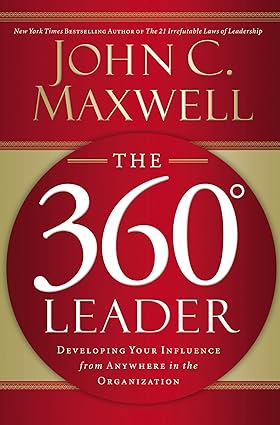Aelius Galenus or Claudius Galenus (Greek: Κλαύδιος Γαληνός; September 129 AD – c. 200/c. 216), often Anglicized as Galen and better known as Galen of Pergamon (/ˈɡeɪlən/),[1] was a physician, surgeon and philosopher in the Roman Empire.[2][3][4] Arguably the most accomplished of all medical researchers of antiquity, Galen influenced the development of various scientific disciplines, including anatomy,[5] physiology, pathology,[6] pharmacology,[7] and neurology, as well as philosophy[8] and logic.
The son of Aelius Nicon, a wealthy architect with scholarly interests, Galen received a comprehensive education that prepared him for a successful career as a physician and philosopher. Born in the ancient city of Pergamon (present-day Bergama, Turkey), Galen traveled extensively, exposing himself to a wide variety of medical theories and discoveries before settling in Rome, where he served prominent members of Roman society and eventually was given the position of personal physician to several emperors.
Galen’s understanding of anatomy and medicine was principally influenced by the then-current theory of humorism (also known as the four humors – black bile, yellow bile, blood, and phlegm), as advanced by ancient Greek physicians such as Hippocrates. His theories dominated and influenced Western medical science for more than 1,300 years. His anatomical reports were based mainly on the dissection of monkeys. However, while dissecting them he discovered that their facial expressions were too much like humans; thus, he switched to other animals, especially pigs. The reason for using animals to discover the human body was due to the fact that dissections and vivisections on humans were strictly prohibited at the time. Galen would encourage his students to go look at dead gladiators or bodies that washed up in order to get better acquainted with the human body. Galen’s most famous experiment that he recreated in public was the squealing pig. The squealing pig experiment was when Galen would cut open a pig, and while it was squealing he would cut the nerve, or vocal chords, showing they controlled the making of sound. His anatomical reports remained uncontested until 1543, when printed descriptions and illustrations of human dissections were published in the seminal work De humani corporis fabrica by Andreas Vesalius[9][10] where Galen’s physiological theory was accommodated to these new observations.[11] Galen’s theory of the physiology of the circulatory system remained unchallenged until ca. 1242, when Ibn al-Nafis published his book Sharh tashrih al-qanun li’ Ibn Sina (Commentary on Anatomy in Avicenna’s Canon), in which he reported his discovery of the pulmonary circulation.[12]
Galen saw himself as both a physician and a philosopher, as he wrote in his treatise entitled That the Best Physician Is Also a Philosopher.[13][14][15] Galen was very interested in the debate between the rationalist and empiricist medical sects,[16] and his use of direct observation, dissection and vivisection represents a complex middle ground between the extremes of those two viewpoints.[17][18][19] Many of his works have been preserved and/or translated from the original Greek, although many were destroyed and some credited to him are believed to be spurious. Although there is some debate over the date of his death, he was no younger than seventy when he died.
In medieval Europe, Galen’s writings on anatomy became the mainstay of the medieval physician’s university curriculum, but because of the collapse of the Roman Empire in the West they suffered greatly from stasis and intellectual stagnation. However, in the Eastern Roman Empire and the Abbasid Caliphate they continued to be studied and followed. Some of Galen’s ideas were incorrect, as he did not dissect a human body.[20] Greek and Roman taboos had meant that dissection was usually banned in ancient times, but in Middle Ages it changed: medical teachers and students at Bologna began to open human bodies, and Mondino de Luzzi (ca. 1275–1326) produced the first known anatomy textbook based on human dissection.[21][22]
Galen’s original Greek texts gained renewed prominence during the early modern period. In the 1530s, Belgian anatomist and physician Andreas Vesalius took on a project to translate many of Galen’s Greek texts into Latin. Vesalius’s most famous work, De humani corporis fabrica, was greatly influenced by Galenic writing and form.[23]



















